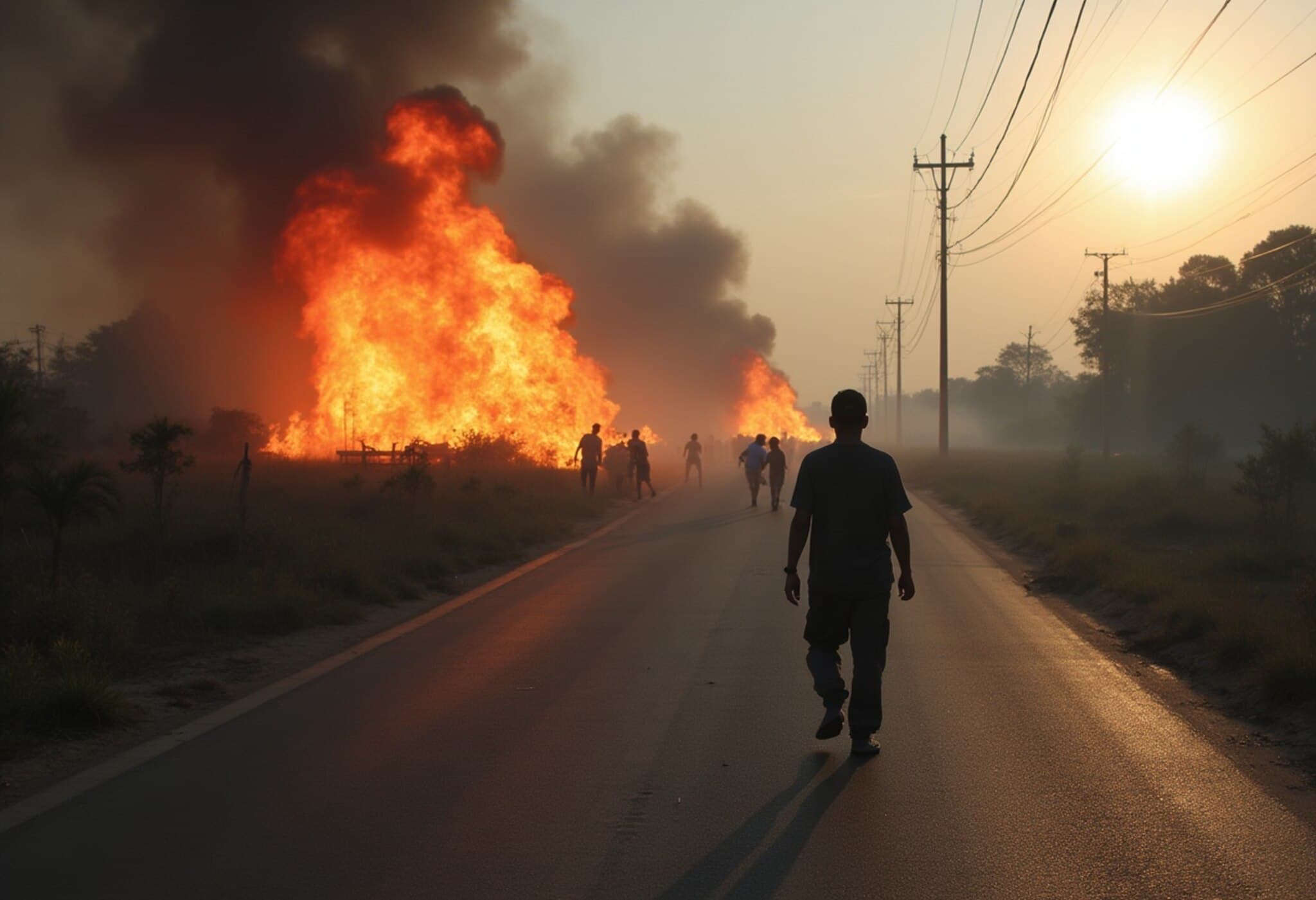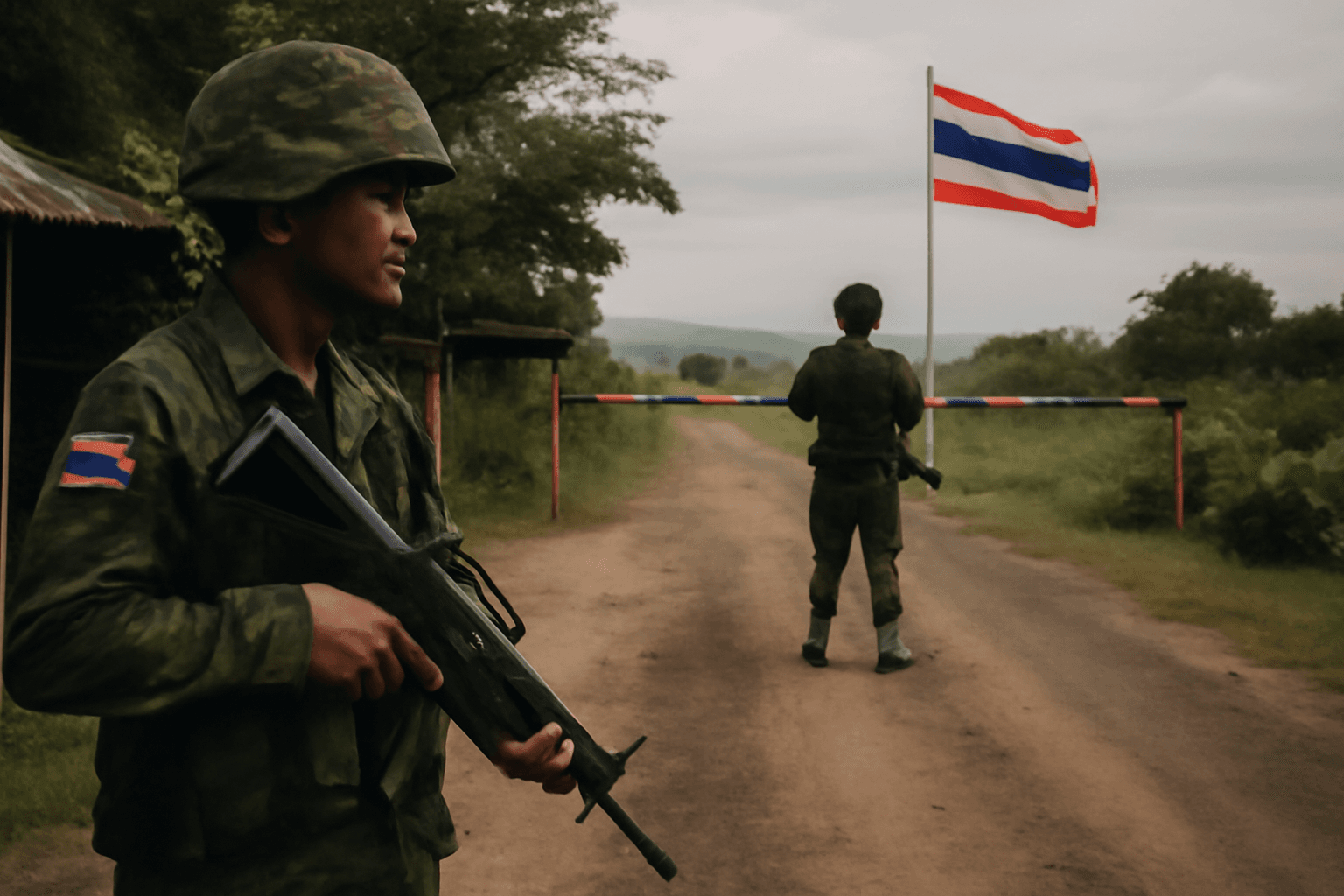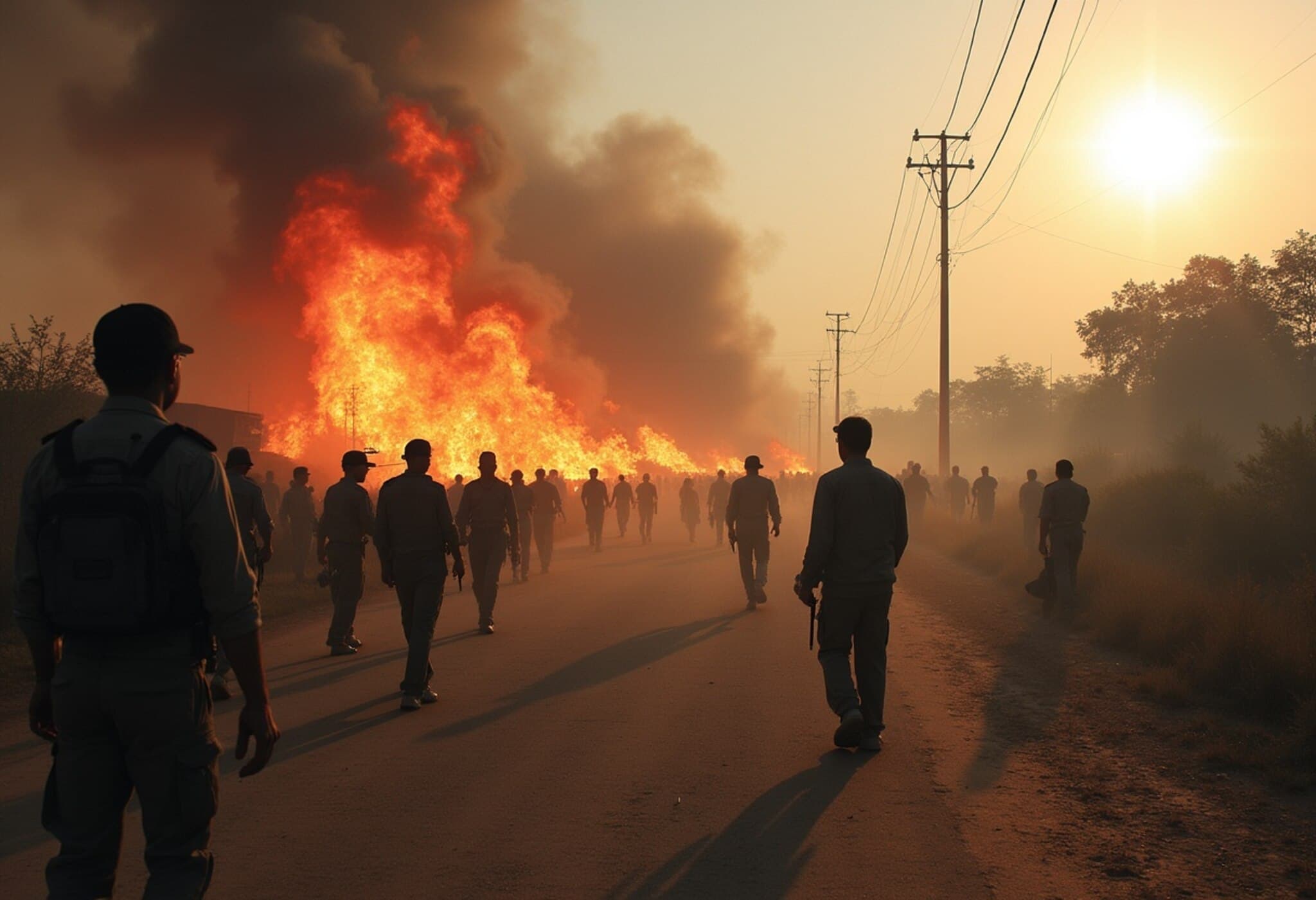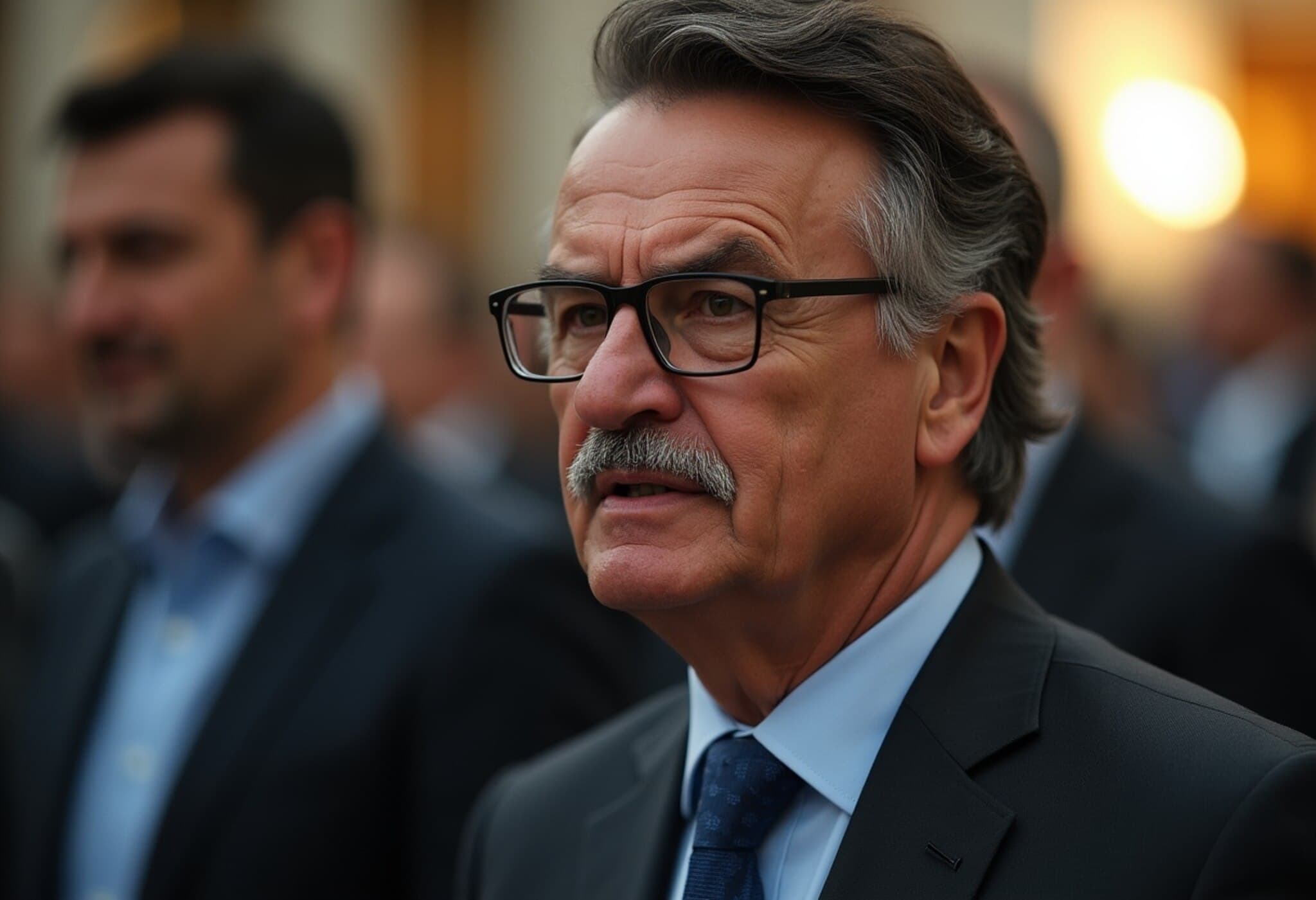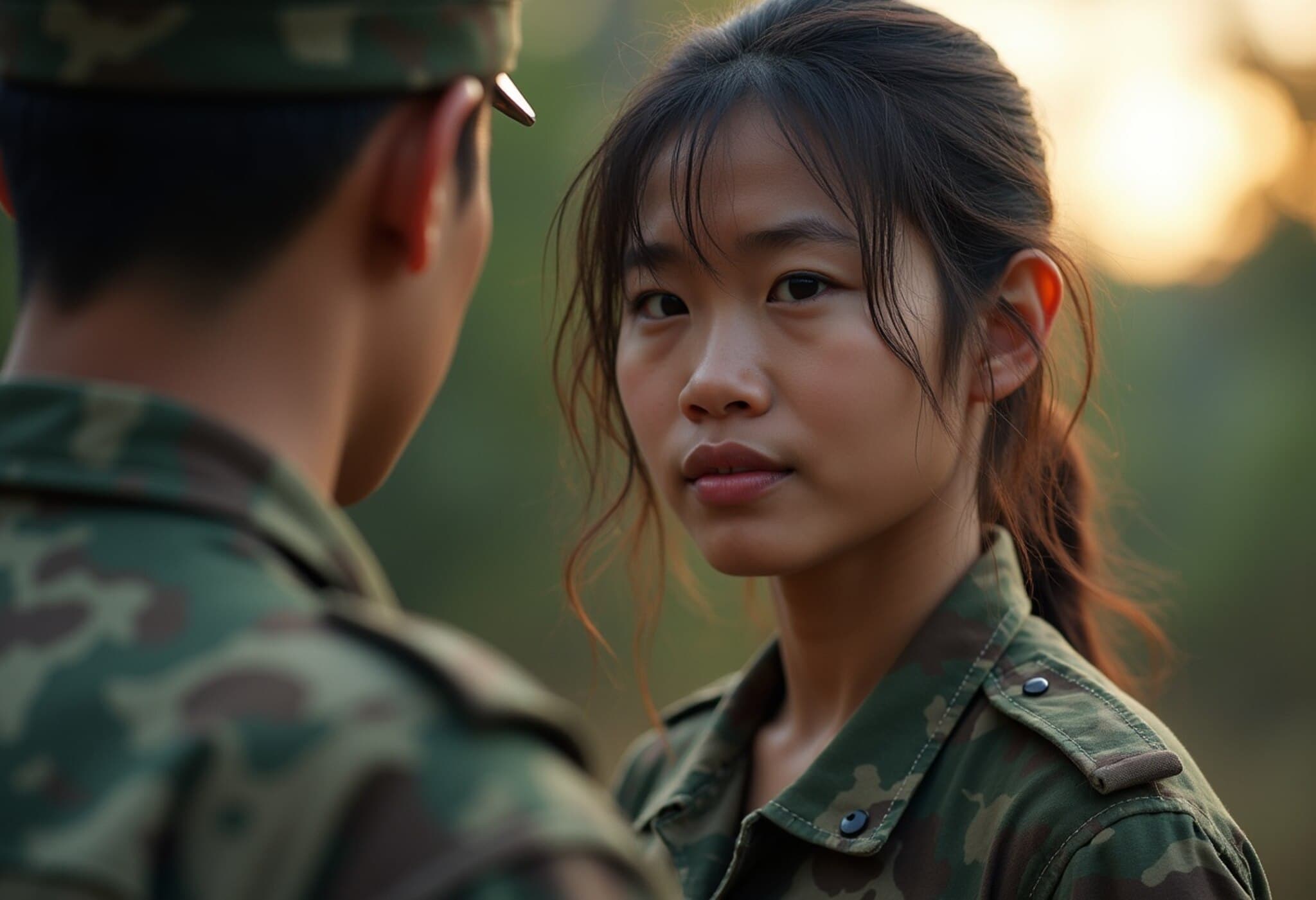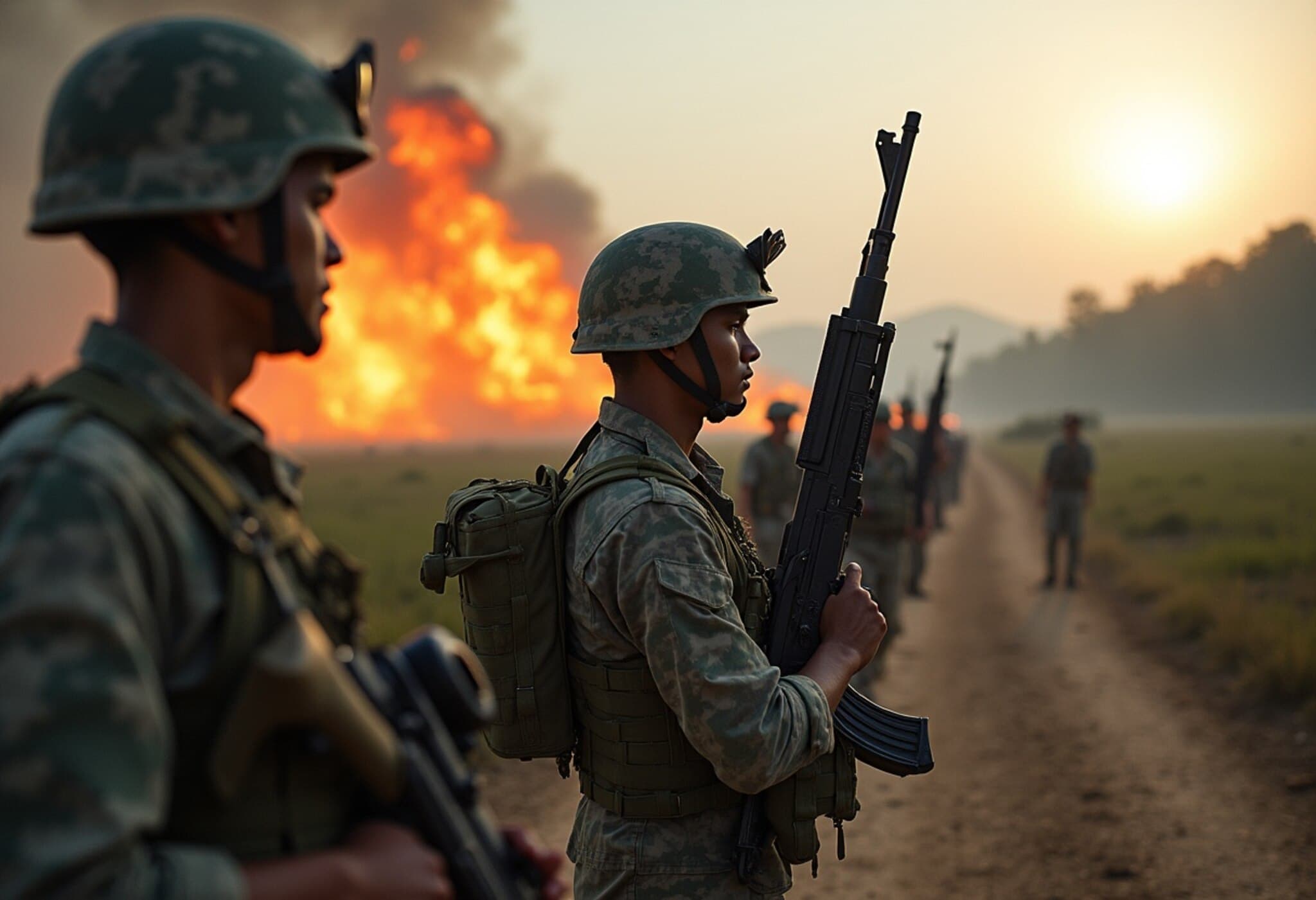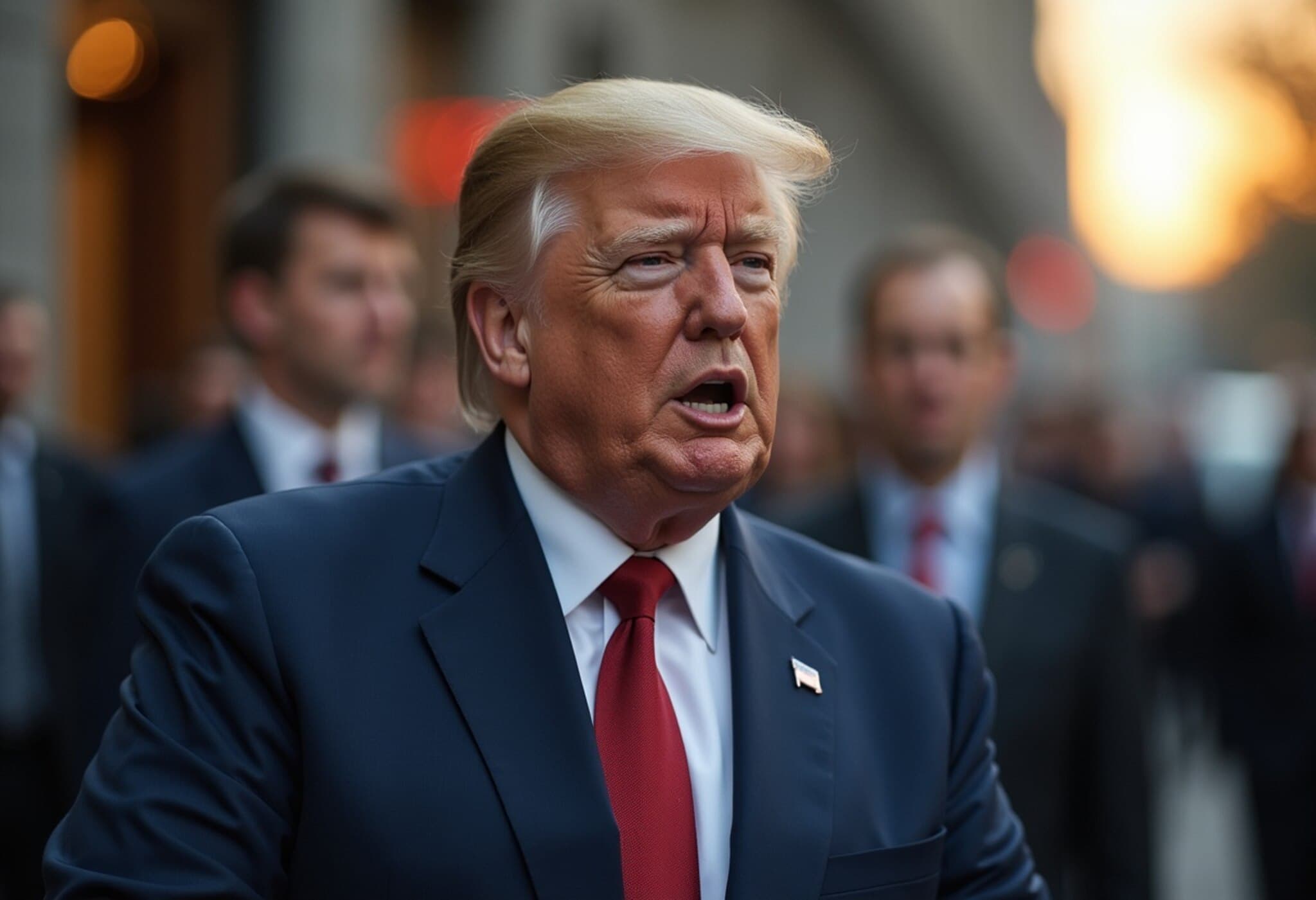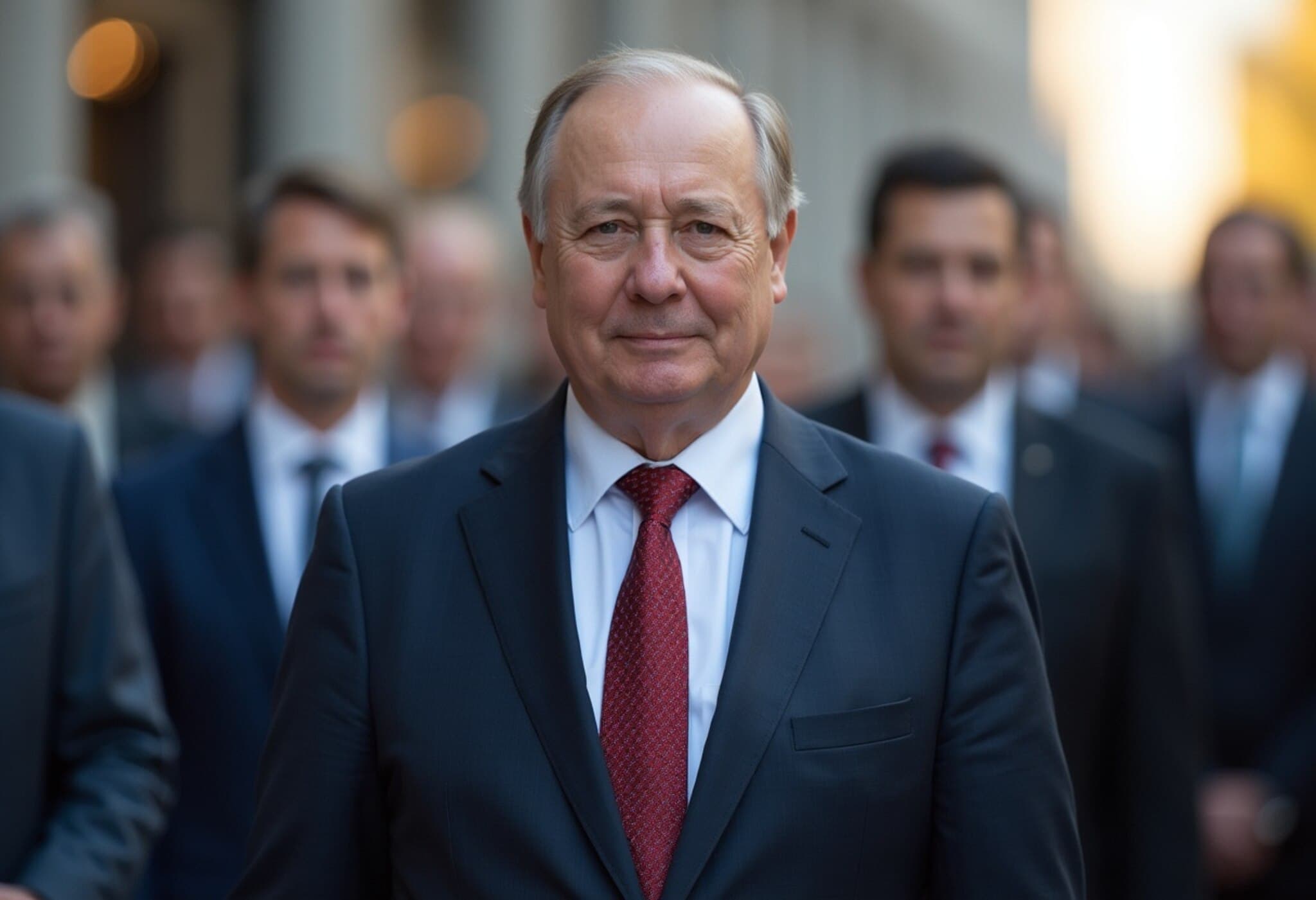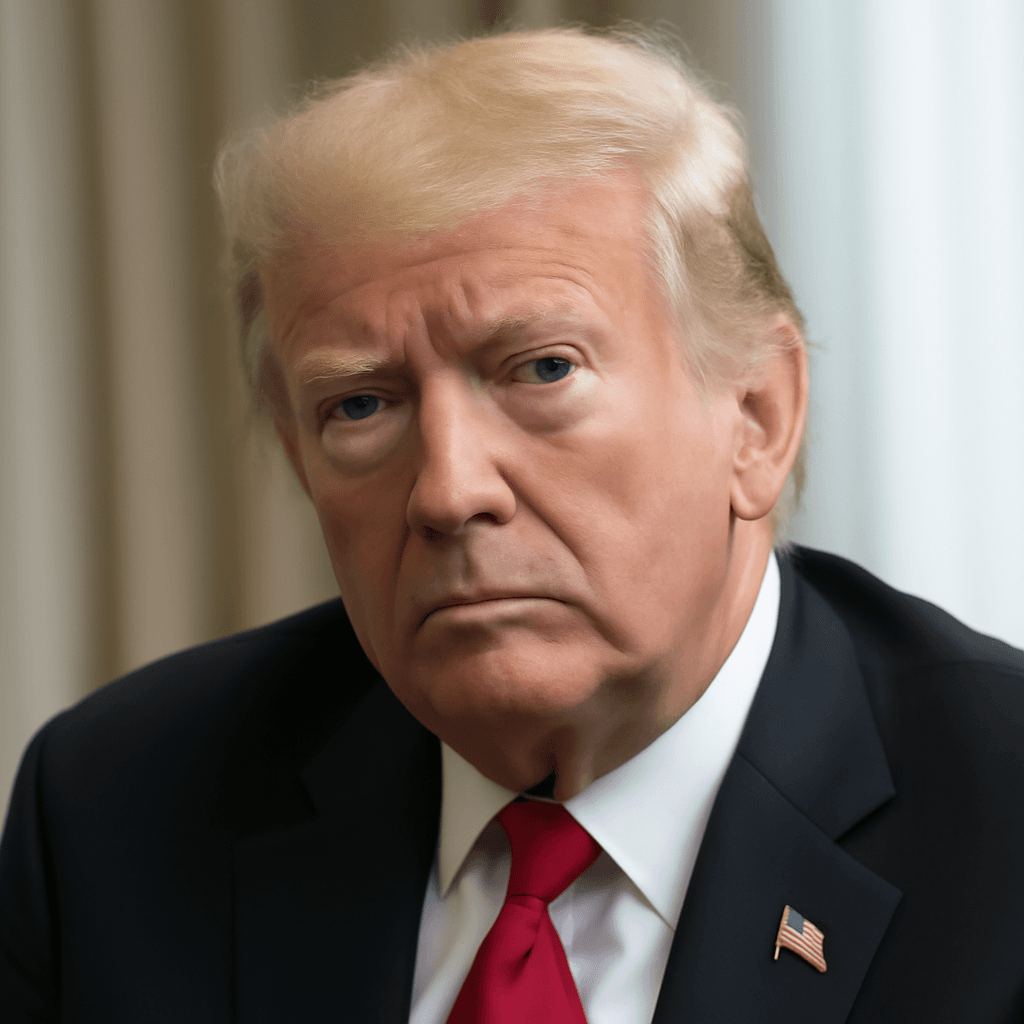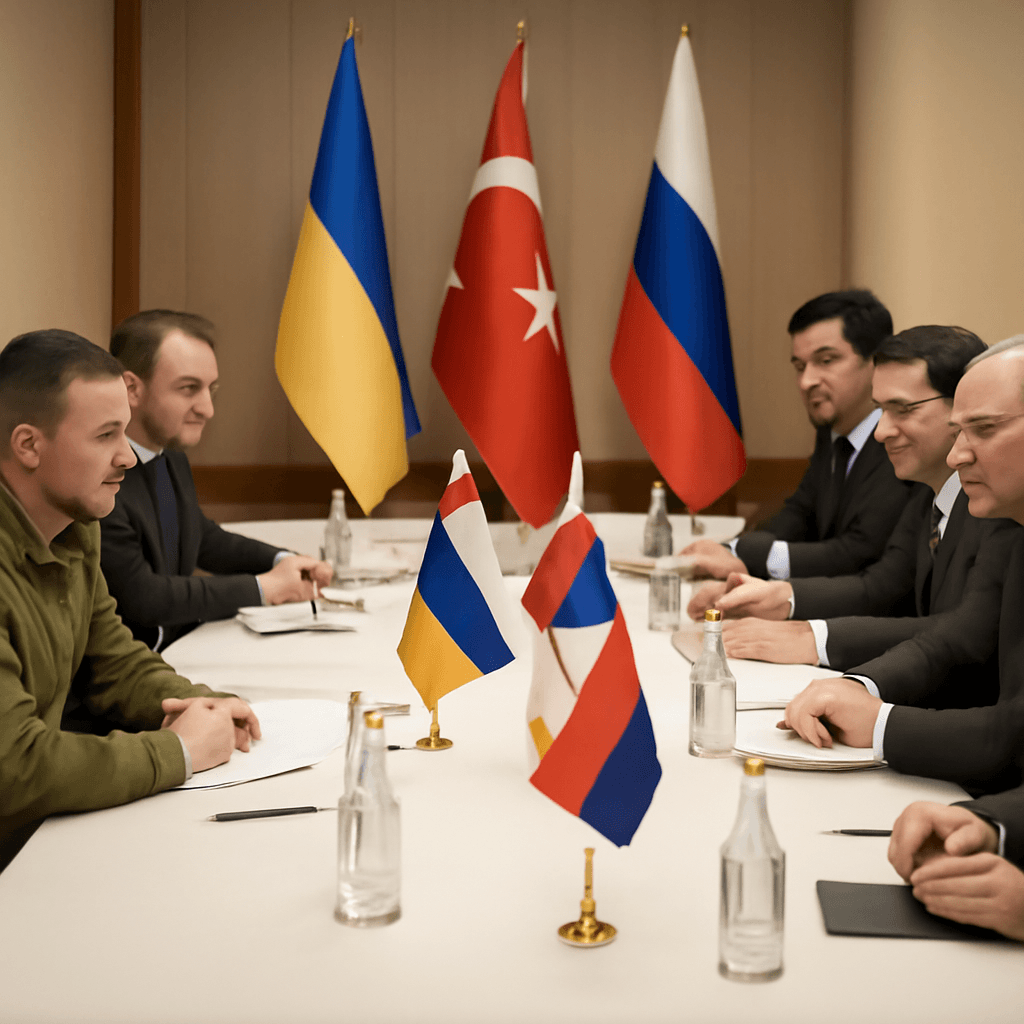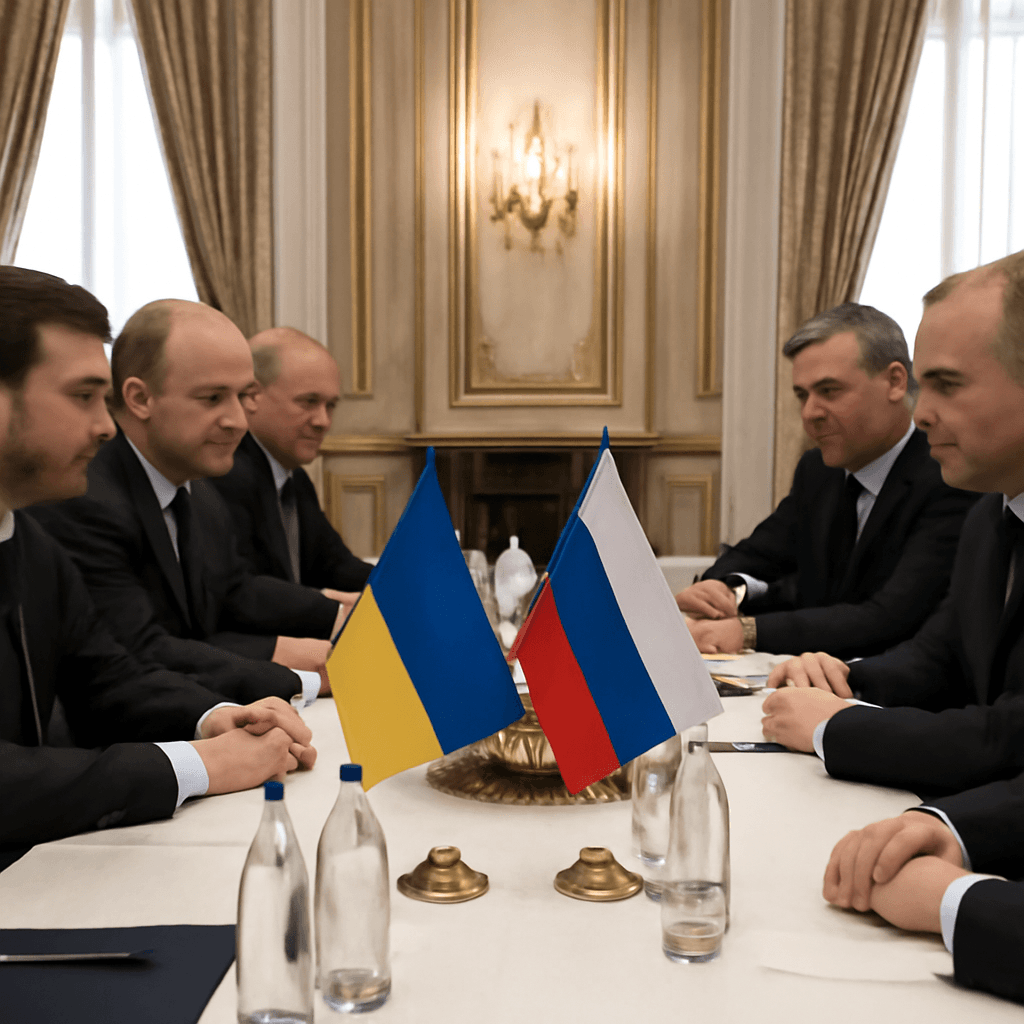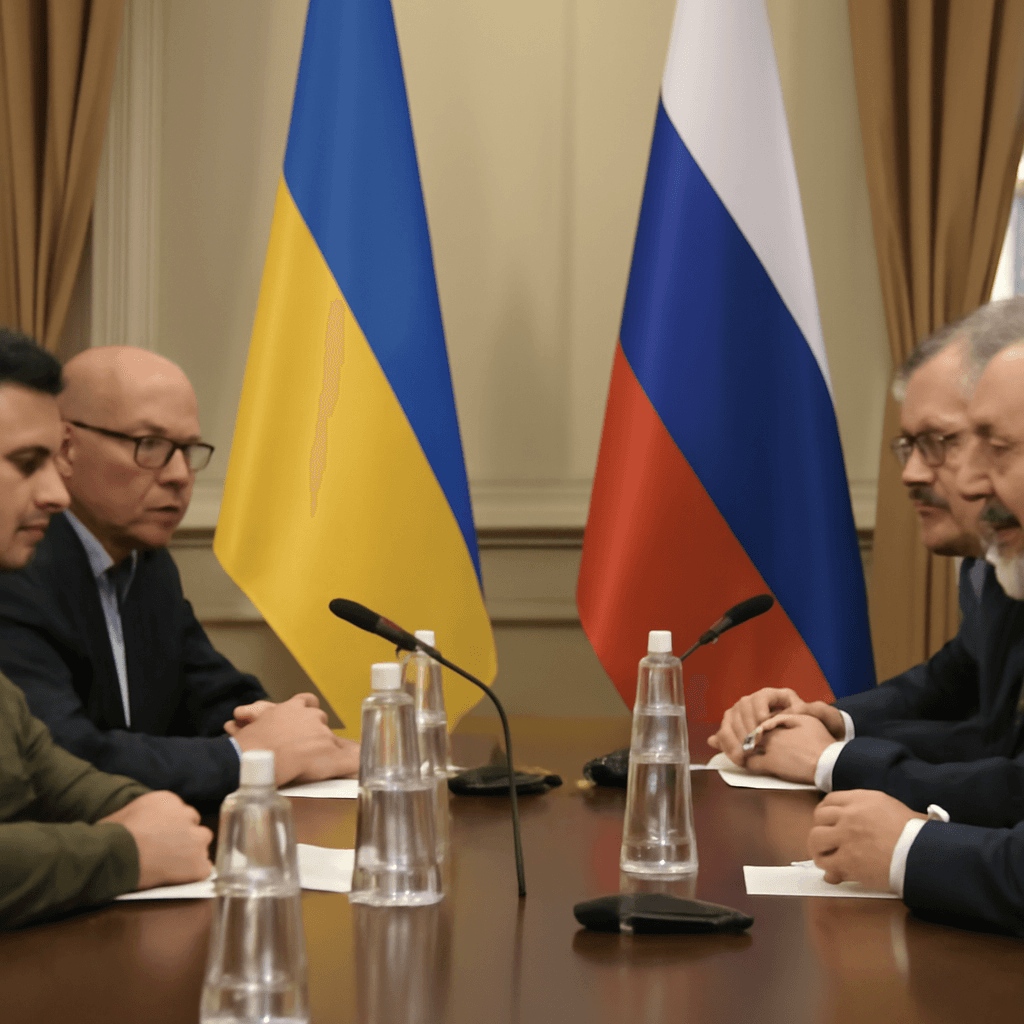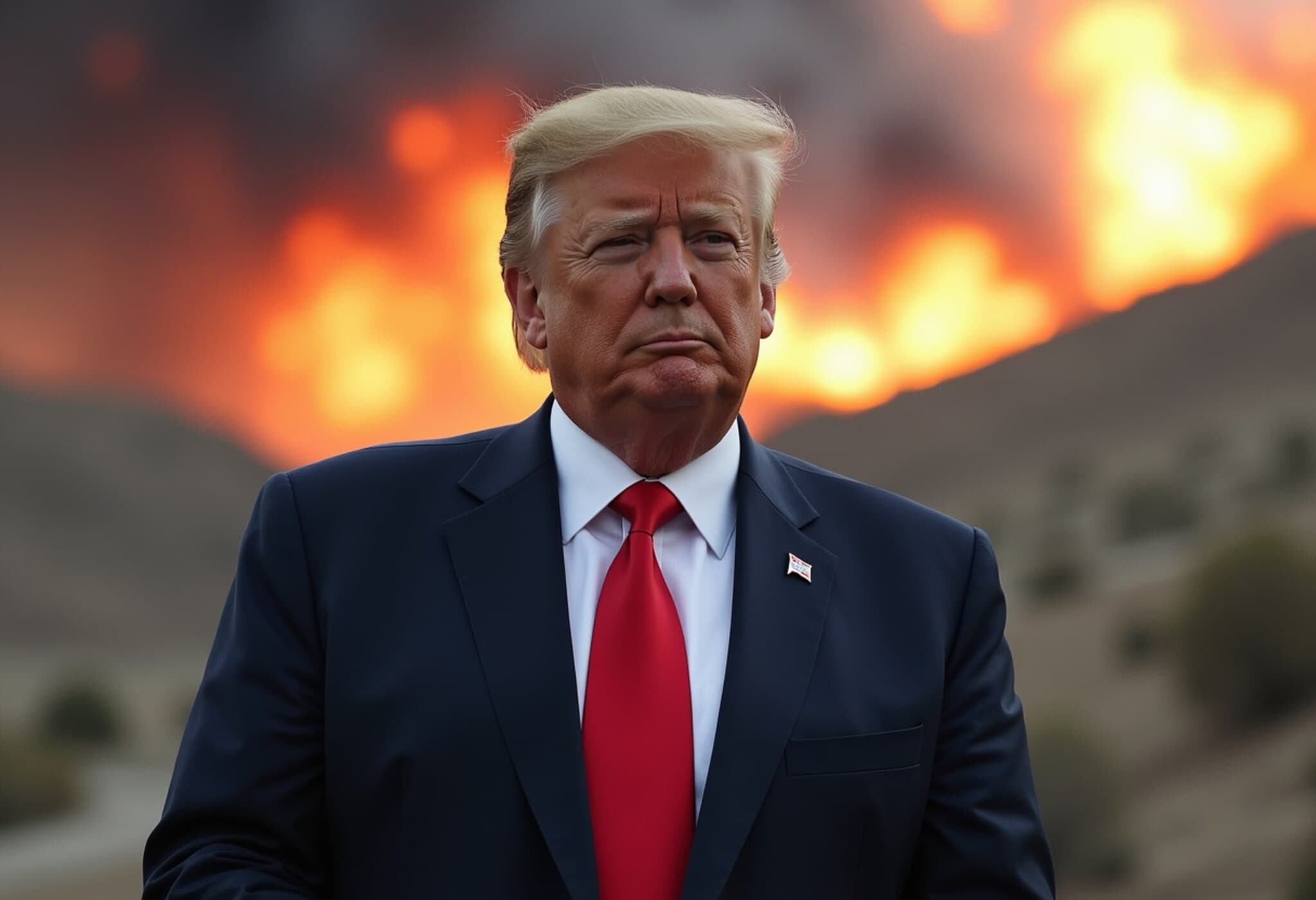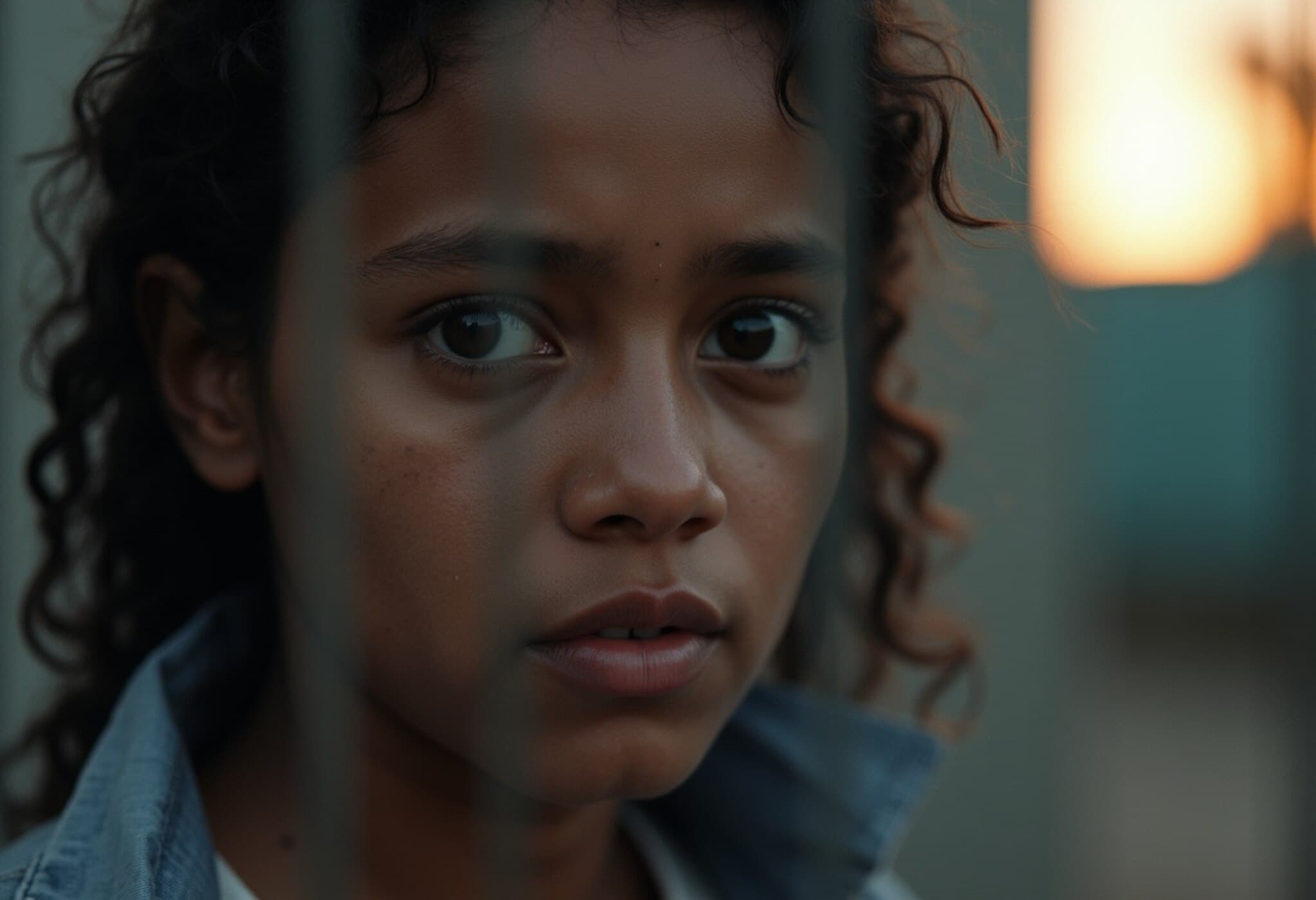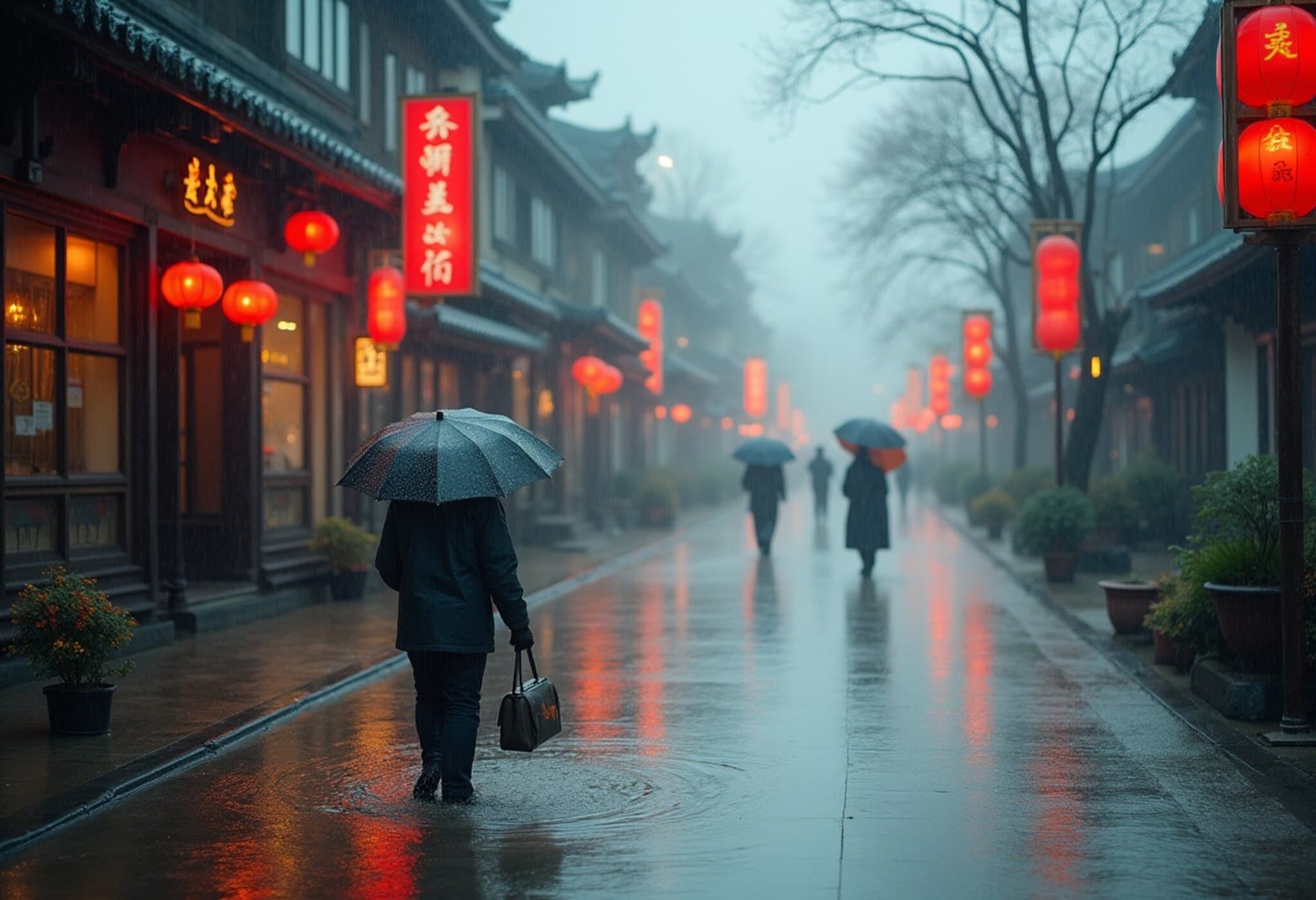Thailand and Cambodia Move Towards Ceasefire Amid Deadly Border Conflict
Thailand and Cambodia have finally signaled a willingness to engage in ceasefire negotiations after days of intense border fighting that has left at least 33 people dead and displaced over 168,000. This escalation, rooted in decades-old territorial disputes along their roughly 500-mile border, recently intensified following a mine explosion injuring Thai soldiers and subsequent artillery exchanges.
US Intervention Prompts Renewed Hope for Peace
In a rare diplomatic intervention, US President Donald Trump publicly pressured both nations on social media, warning that trade agreements could be jeopardized if hostilities persisted. Following his conversations with Cambodian Prime Minister Hun Manet and Thailand’s Acting Prime Minister Phumtham Wechayachai, both sides agreed to initiate ceasefire talks.
Prime Minister Hun Manet expressed cautious optimism, announcing Cambodia’s commitment to an "immediate and unconditional ceasefire". He has tasked his deputy foreign minister with coordinating logistics with US Secretary of State Marco Rubio and engaging directly with Thailand's foreign minister to expedite the peace process.
Continued Skepticism and Fighting Despite Diplomatic Efforts
However, the reality on the ground remains turbulent. Both governments still trade accusations over renewed shelling and troop movements, with neither side fully halting military operations. Thai military officials reported heavy artillery fire from Cambodia, including rocket attacks targeting historic temple sites in contested zones. Cambodia counters by accusing Thai forces of large-scale incursions with tanks and infantry, undermining peace efforts.
The Thai Foreign Ministry has expressed concerns over Cambodia’s sincerity, citing violations of human rights and humanitarian laws. Meanwhile, Cambodia condemns Thailand’s escalation tactics, painting a picture of deep mistrust that complicates reaching a durable ceasefire.
Human Cost and Regional Security Implications
The collateral damage extends far beyond the battlefield. Thousands of civilians have fled their homes, schools and hospitals in border provinces are shuttered, and families like air-conditioning technician Pichayut Surasit are grappling with displacement and uncertainty. At shelters, hope for peace intermingles with palpable fear, exemplified by local vendor Bualee Chanduang, who earnestly prays for dialogue to prevail over violence.
International and ASEAN Roles in Mediation
The United Nations Security Council has called on the Association of Southeast Asian Nations (ASEAN) to spearhead mediation, emphasizing the need for a regional approach to prevent further escalation. Human Rights Watch has condemned the use of cluster munitions in civilian areas—a violation of international humanitarian law—urging both governments to prioritize the protection of innocent lives.
Contextualizing the Border Dispute
The Thailand-Cambodia border disagreement, especially around landmarks like the ancient Ta Muen Thom temple, is rooted in complex historical claims dating back decades. Although past skirmishes were short-lived, recent incidents have exacerbated tensions, presenting challenges not only to bilateral relations but also regional stability amid shifting geopolitical dynamics in Southeast Asia.
Expert Insight: The Path Forward
From a policy perspective, US involvement exemplifies how external powers can influence regional conflicts, leveraging economic ties as a diplomatic tool. However, lasting peace will require deeper commitment from both countries to engage transparently, address underlying grievances, and involve local communities adversely impacted by the conflict.
For international observers and stakeholders, this crisis underscores the fragility of peace in ethnically and historically contested border regions, reminding us that humanitarian concerns often become overshadowed by nationalism and strategic interests.
Editor's Note
The fragile negotiations between Thailand and Cambodia highlight a critical juncture where proactive diplomacy might prevent further human suffering. As the world's attention turns to Southeast Asia, readers should consider how legacy disputes and emerging geopolitical pressures intersect to fuel conflicts. This episode poses pressing questions: Can ASEAN play a more decisive role in conflict resolution? How might global actors balance trade interests with human rights advocacy? And crucially, what can be done to protect civilians caught in the crossfire? These are vital conversations for policymakers and the international community alike.

